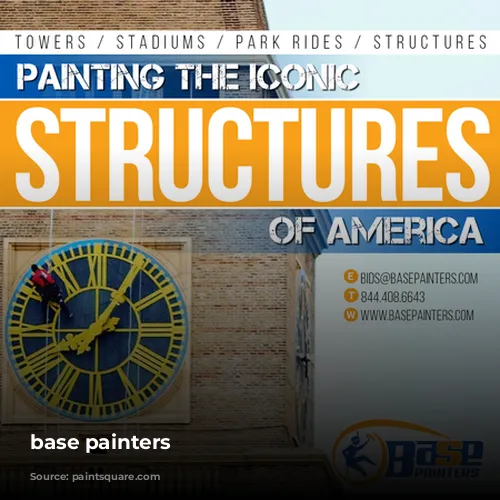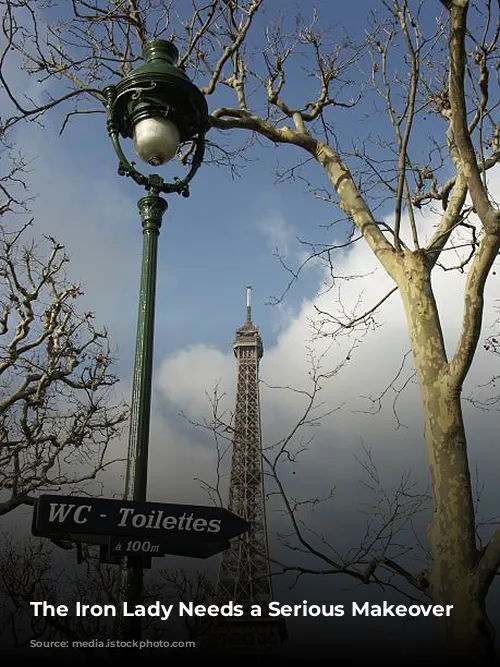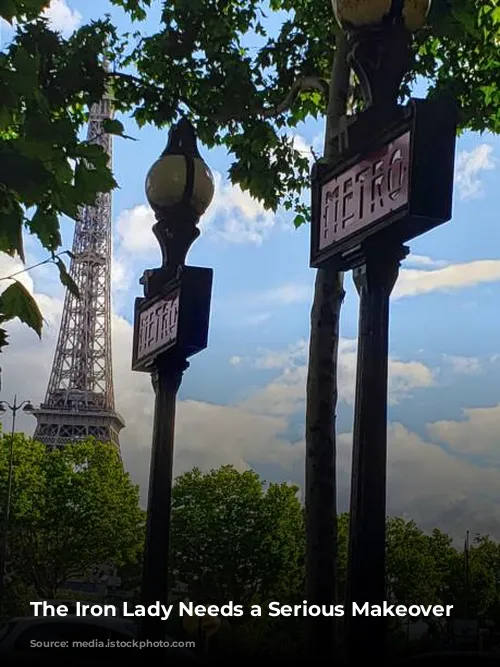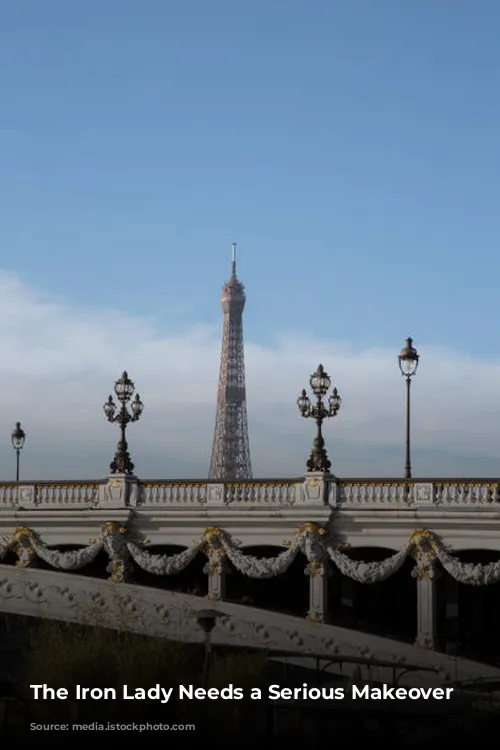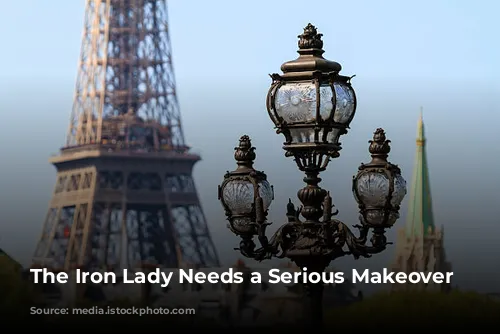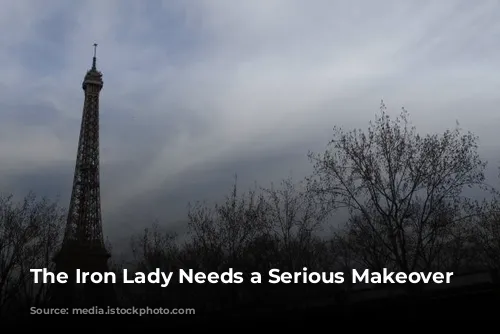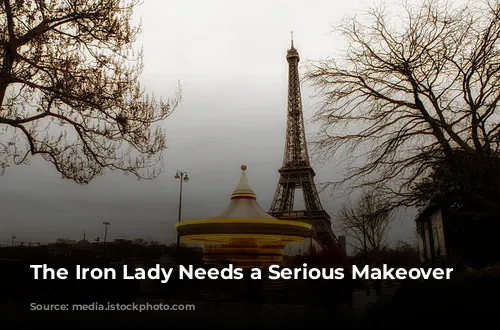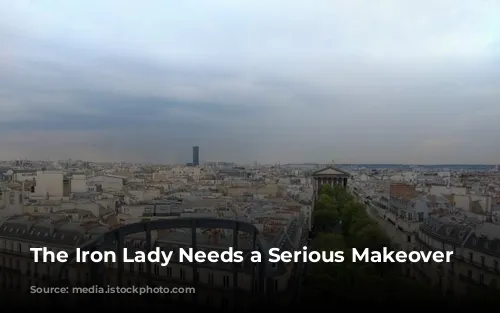The Eiffel Tower, a symbol of Paris and a marvel of engineering, is facing a serious problem. A leaked report has revealed that the iconic structure is suffering from extensive rust damage, raising concerns about its long-term stability.
A Tower in Distress
The report, obtained by the French magazine Marianne, paints a grim picture. The tower is in dire need of a complete overhaul, involving stripping the metal down to its bare state, making necessary repairs, and repainting the entire structure. This massive undertaking is a testament to the severity of the rust issue.
A Legacy of Iron
The Eiffel Tower, completed in 1889, was a groundbreaking feat of engineering. Designed and built by Gustave Eiffel, the tower stands tall at 324 meters, a testament to the strength and resilience of its puddle iron construction. It is no surprise that this remarkable structure, nicknamed “The Iron Lady,” has become a beloved symbol of Paris.
A Fight Against Corrosion
From the very beginning, Gustave Eiffel recognized the importance of protecting his creation from the elements. The tower was given four coats of red lead paint, the best anti-corrosive agent available at the time. However, even with this proactive approach, Eiffel understood that regular repainting would be crucial for the tower’s longevity.
A Constant Battle
The Eiffel Tower is a testament to the ongoing battle against corrosion. Since its construction, the tower has been repainted 19 times, with each recoating taking a dedicated team of 25 painters 18 months to complete. This meticulous process involves a thorough inspection for corrosion, followed by steam cleaning and meticulous hand-painting.
A Changing Palette
Over the years, the Eiffel Tower has donned a variety of colors. It began with a Venetian red coating, which was later replaced with an orange yellow at the base and a light yellow at the top. The colors continued to evolve, reflecting the changing tastes of the times.
A Modern Challenge
In recent years, the Eiffel Tower has faced new challenges. The use of lead paint has been banned, and the tower’s repainting has become subject to stricter environmental regulations. As a result, in 2010, the tower’s team experimented with low-VOC coatings, seeking a balance between environmental responsibility and the need to protect the tower’s structure.
A History of Disagreements
The Eiffel Tower’s maintenance has not always been a harmonious process. In December 2016, workers went on strike, demanding more transparency and better working conditions. Concerns about lead paint and the scale of the planned stripping work were central to the dispute.
A New Chapter
In 2018, French officials contemplated returning the tower to its original red color, a move that would involve three years of intensive work and 60 tons of paint. This ambitious project reflects the ongoing commitment to preserving this historic landmark.
A Need for Action
Despite the extensive maintenance efforts, the leaked report highlights the urgency of the situation. The Eiffel Tower requires more than a cosmetic “facelift”; it needs a comprehensive and thorough evaluation of its condition and a renewed focus on preventative maintenance.
A Call for Prudence
Experts warn that the current partial repainting may not be enough to address the underlying issues. The risk of worsening existing paint defects and accelerating corrosion is a real concern, highlighting the need for a more strategic and proactive approach.
A Future Uncertain
The Eiffel Tower’s future is uncertain. While some experts believe that with proper care, the tower can stand the test of time, others remain concerned about the long-term impact of corrosion. The recent setbacks caused by COVID-19 and the ongoing debate about the most effective maintenance strategies add to the complexity of the situation.
A Legacy to Protect
The Eiffel Tower is not just a structure; it is a symbol of Paris, a testament to human ingenuity, and a source of pride for the nation. The challenges facing the tower are a stark reminder that even the most iconic landmarks require careful preservation to ensure their longevity for future generations.





